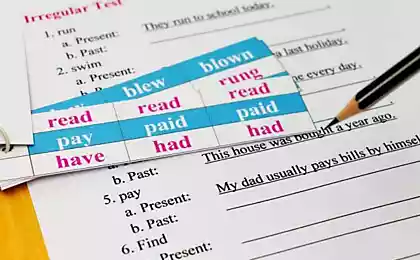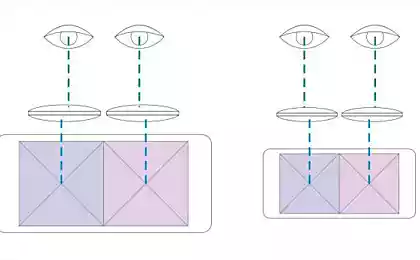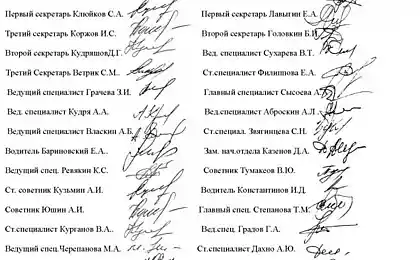832
How to understand the times of English verbs? This simple circuit will help you!
In English, 12 times verbs that often cause confusion in the study of this topic. Site publishes a simple flow chart, which will help deal with this difficult issue. Word Alex Chauzovu, the author of the blog about learning English Vocabularybooster. Friends, today I want to share a graphic diagram of twelve times the English language, which is quite simple and clearly shows the difference between all the times, and what time to describe what it is the moment of the narrative should be used.
Such a scheme will have on hand is useful for those who have difficulty with the times and still not fully understand the meaning and the need for all varieties of the English language.
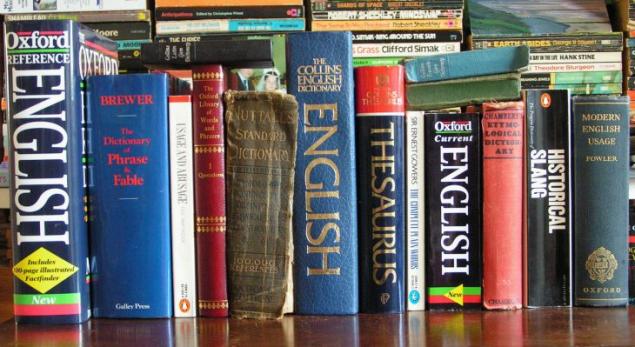
How to practice? You can contact the scheme, when you need to write something and you decide what time to properly use. Adjust themselves often use the scheme and with time it will cease to be you need.
If you want to learn faster and more effectively with this issue, which is located 20-30 minutes of free time in the evenings and are willing to spend the time on polishing his English, then deystvovuyte follows:
5-10 Make simple sentences and write down first, and then say these sentences aloud, using each temporary structure. How this is done in the picture with the sentence I eat - I eat. Repeat this simple exercise for a couple weeks, and you pochvustvuete how much easier you will navigate in time.
In order to better remember and use associative memory, try to make on a proposal from personal experience that it would be important for each specified length of time.
If you find it difficult given such a journey in time, is focused on any one interval for a few days and progovorivayte all their proposals in one particular time. When you feel that getting used to use it and understand its meaning, continue to the next time and try speaking again until then, until the feeling of confidence that you feel is appropriate to the situation in which this time.
Graphic pattern of use all times English yazyka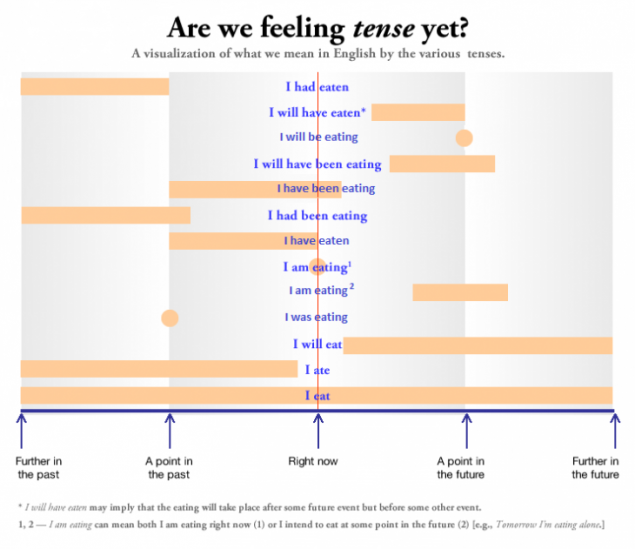
Transfer to the scheme: I had eaten - Past Perfect - by the time I ate I will have eaten - Future Perfect - By the time I was exactly sing I will be eating -. Future Continuous - At this time I will be there. I will have been eating - Future Perfect Continuous - At the time, I'll still be there I have been eating -. Present Perfect Continuous - I still eat I had been eating -. Past Perfect Continuous - At the time I was still eating <. I have eaten - Present Perfect - I already ate I am eating -. Present Continuous -. I'll eat < I am eating - Present Continuous - At this time, I plan to have (Present Continuous is used to describe their plans and intentions, simply Practice this and you will easily get used to) . I was eating - Past Continuous - while I was eating I will eat -. Future Simple - I'll be there <. I ate - Past Simple - I ate I eat -. Present Simple - I eat
On this I have all the friends.
Author's Note: My friends, do not want to mislead you about the number of times in English. There is an important point in this regard. Technically, in English only 3 times. 12 varieties of it by using a - a species-tense forms. Terminology - important. Thank Aheeva Galina for this valuable amendment.
via www.vocabularybooster.ru/quick-tips/quick-tip-34-how-to-learn-all-english-tenses
Such a scheme will have on hand is useful for those who have difficulty with the times and still not fully understand the meaning and the need for all varieties of the English language.

How to practice? You can contact the scheme, when you need to write something and you decide what time to properly use. Adjust themselves often use the scheme and with time it will cease to be you need.
If you want to learn faster and more effectively with this issue, which is located 20-30 minutes of free time in the evenings and are willing to spend the time on polishing his English, then deystvovuyte follows:
5-10 Make simple sentences and write down first, and then say these sentences aloud, using each temporary structure. How this is done in the picture with the sentence I eat - I eat. Repeat this simple exercise for a couple weeks, and you pochvustvuete how much easier you will navigate in time.
In order to better remember and use associative memory, try to make on a proposal from personal experience that it would be important for each specified length of time.
If you find it difficult given such a journey in time, is focused on any one interval for a few days and progovorivayte all their proposals in one particular time. When you feel that getting used to use it and understand its meaning, continue to the next time and try speaking again until then, until the feeling of confidence that you feel is appropriate to the situation in which this time.
Graphic pattern of use all times English yazyka

Transfer to the scheme: I had eaten - Past Perfect - by the time I ate I will have eaten - Future Perfect - By the time I was exactly sing I will be eating -. Future Continuous - At this time I will be there. I will have been eating - Future Perfect Continuous - At the time, I'll still be there I have been eating -. Present Perfect Continuous - I still eat I had been eating -. Past Perfect Continuous - At the time I was still eating <. I have eaten - Present Perfect - I already ate I am eating -. Present Continuous -. I'll eat < I am eating - Present Continuous - At this time, I plan to have (Present Continuous is used to describe their plans and intentions, simply Practice this and you will easily get used to) . I was eating - Past Continuous - while I was eating I will eat -. Future Simple - I'll be there <. I ate - Past Simple - I ate I eat -. Present Simple - I eat
On this I have all the friends.
Author's Note: My friends, do not want to mislead you about the number of times in English. There is an important point in this regard. Technically, in English only 3 times. 12 varieties of it by using a - a species-tense forms. Terminology - important. Thank Aheeva Galina for this valuable amendment.
via www.vocabularybooster.ru/quick-tips/quick-tip-34-how-to-learn-all-english-tenses

